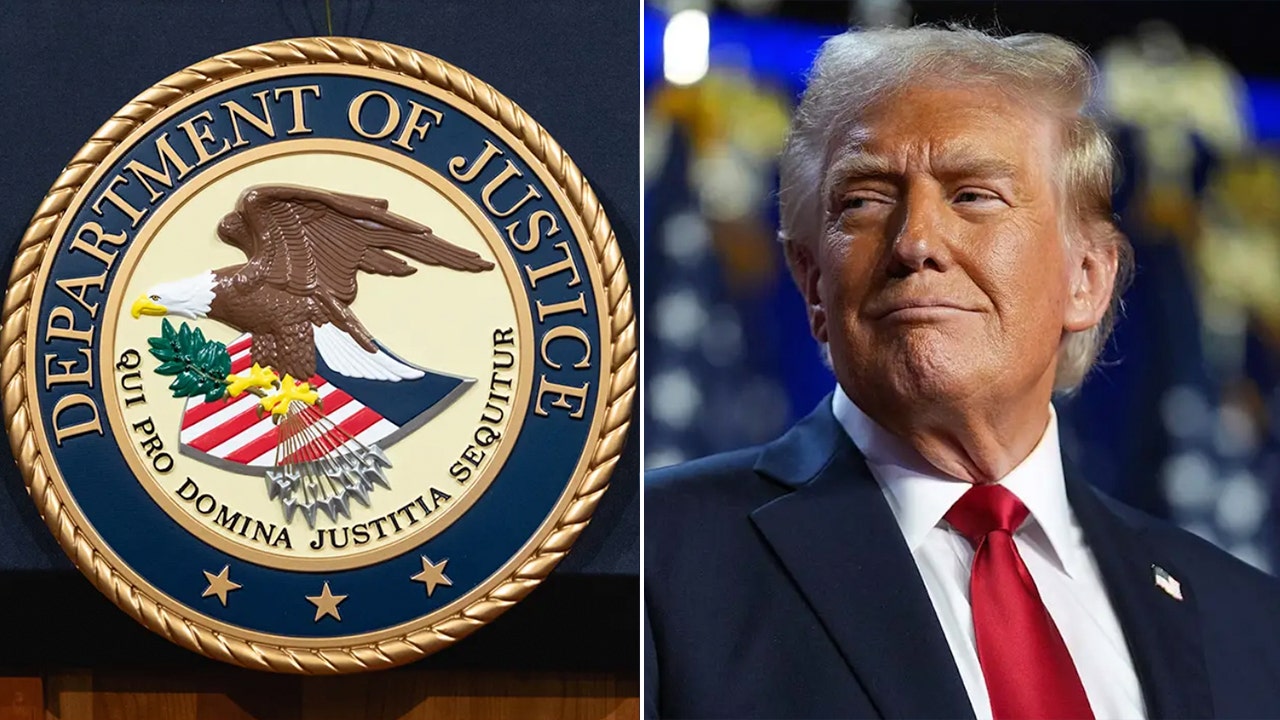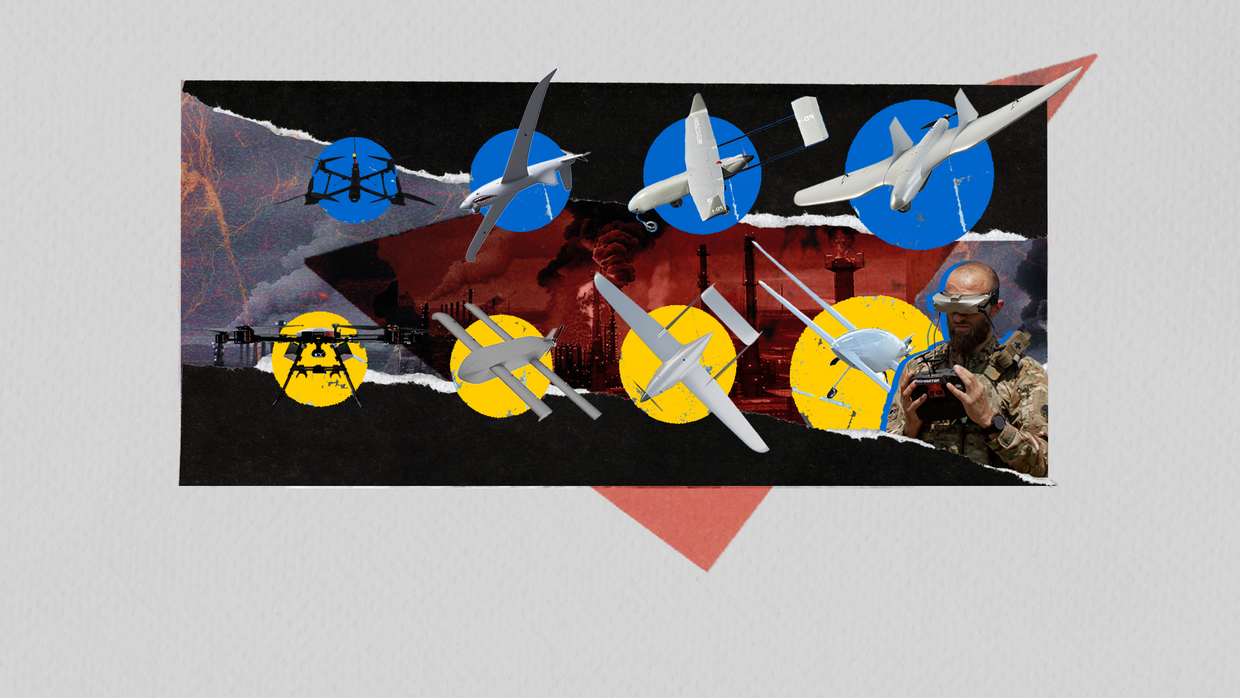(Bloomberg) -- As governments across Europe ratchet up defense spending, money managers who previously judged the sector too controversial to touch are taking note.
Most Read from Bloomberg
-
Trump Targets $128 Billion California High-Speed Rail Project
-
Trump Asserts Power Over NYC, Proclaims ‘Long Live the King’
-
Sorry, Kids: Disney’s New York Headquarters Is for Grown-Ups
There’s currently a proliferation of portfolios focused on defense assets, with fund tickers such as WAR and NATO doing the rounds. Data compiled by Bloomberg shows the number of defense-themed funds doubled last year to a record 47, following decades during which such products — if they existed at all — were only to be found in the single digits. Data through mid-February indicates the current pace isn’t letting up.
And in a sign of the times, even investors focused on environmental, social and governance (ESG) metrics are now softening once strict exclusion policies to make room for defense assets.
Mia Thulstrup Gedbjerg, who co-heads the defense industry unit at the Danish law firm Kromann Reumert, said it’s as if “D is the new addition to ESG.”
Europe is now racing to respond to the reset in trans-Atlantic relations triggered by President Donald Trump’s return to the White House. Across the bloc, governments are planning major increases to defense spending and discussing new funding models to pay for it.
For investors, the issue of regional security, combined with the likelihood of big returns, is hard to ignore.
“A lot of capital is going to flow into these companies,” Gedbjerg said.
Roel Houwer, senior product manager at VanEck Asset Management, said public opinion around the appropriateness of holding defense stocks is “changing quite a bit.” His firm launched the VanEck Defense UCITS ETF (Ticker: DFNS) in early 2023. It now has well over $2 billion in managed assets, after returning 44% in 2024 alone. So far this year, it’s up 10%.
“We’ve seen tremendous growth,” he said in an interview. And flows into the fund in the first weeks of this year “are even bigger than they were in 2024,” he said. The fund draws between $20 million and $30 million of new money each day, he said.
Bloomberg Economics calculates that protecting Ukraine and expanding their own militaries could cost Europe’s major powers an additional $3.1 trillion over the next 10 years. That follows decades of underinvestment, according to a review of EU competitiveness published in September by former Italian Prime Minister and European Central Bank President Mario Draghi.
.png)
 German (DE)
German (DE)  English (US)
English (US)  Spanish (ES)
Spanish (ES)  French (FR)
French (FR)  Hindi (IN)
Hindi (IN)  Italian (IT)
Italian (IT)  Russian (RU)
Russian (RU) 







Comments